This article was medically reviewed by Payam Daneshrad, MD and by wikiHow staff writer, Christopher M. Osborne, PhD. Dr. Payam Daneshrad is a board certified Otolaryngologist, a board eligible Facial Plastic Surgeon, and the Owner and Director of Daneshrad Clinic in Los Angeles, California. With over 19 years of experience, Dr. Daneshrad specializes in adult and pediatric Otolaryngology-head and neck surgery, packing-less nasal surgery, minimally invasive sinus surgery, and snoring treatment. He also uses the newest surgical ENT techniques for tonsillectomy, adenoidectomy, thyroidectomy, and parathyroidectomy. Dr. Daneshrad graduated with a BS and the highest honors from the University of California, Berkeley. He earned his Doctor of Medicine (MD) from Tulane University School of Medicine, where he was accepted into the AOA, the medical honor's society, and the Tulane University School of Public Health. Dr. Daneshrad received his medical training from the University of Southern California, where he currently serves as an Associate Clinical Professor. Dr. Daneshrad is the Otolaryngologist and Facial Plastic Surgeon for the Los Angeles Sparks and the athletic teams of Loyola Marymount University.
There are 11 references cited in this article, which can be found at the bottom of the page.
This article has been viewed 76,862 times.
In most cases, the best way for you to keep the insides of your ears clean is to leave them alone. A little earwax is in fact a good thing![1] But if you do have excessive wax buildup, there are some generally safe methods for cleaning, like removing wax from outside of your ears and introducing a safe liquid into your ear, that you can try at home. Otherwise, seek the help of a doctor.
Steps
Taking a Cautious Approach
-
1Make sure that you don't have an infection. Cleaning your ears while you have an infection can be very painful and is not a good idea. Consider an infection if you are having symptoms such as earaches, smelly discharge, or ringing in your ears.[2] If you suspect that you have an infection, visit with your doctor before trying any method to clean your ear yourself.
-
2Leave your ear canal alone. For the majority of people, this is really all you need to do. Don’t pour or stick anything into your ear, and don’t try to scrape anything out. The human ear is designed to be self-cleaning, and earwax flows outward to facilitate this process. So, in almost all cases, there is no reason to go digging around in there.[3]
- Earwax lubricates, hydrates, and offers some protection to the delicate components of the ear canal. It also possesses antibacterial properties, and naturally carries nasty stuff out of your ear canal.[4]
- The ear canal's skin and hair help direct wax out of the ear. Additionally, chewing and other jaw motions help push wax outward.
Advertisement -
3Put down the cotton swabs. Cotton swabs (e.g., Q-Tips) are great for cleaning a million different little things — except for your ears.[5] Using a cotton swab (or a rolled up napkin corner, etc.) to clean your ears will probably just push earwax down further toward your eardrum.[6]
- Even worse, because of the thin skin and sensitive components inside your ear, you can easily cause punctures or other damage.
- Most cases of impacted earwax are caused by ill-advised cleaning methods that push wax down against the eardrum.
-
4Clean the outside of your ear. If you want to get rid of ear wax, wait until it emerges from your ear canal. Then, wipe it and the rest of your ear with a soft, moist cloth or cotton ball. You can even use those cotton swabs — that you’ve stopped sticking into your ear — to get to all the nooks and crannies on the outer part of your ear.[7]
- Basically, only worry about cleaning the parts of your ear you can see in the mirror.
-
5Recognize signs of impaction. Cerumen (earwax) impaction almost always happens due to human habits, like regularly sticking foreign objects — including cotton swabs, hearing aids, earbuds, earplugs, or a stethoscope — into your ears. If you develop an earwax impaction, you’ll probably use terms like “clogged,” “full” or “plugged up” to describe the feeling in your ear.[8]
- Wax buildup on the eardrum can also cause muffled hearing or even progressive hearing loss. Other common symptoms of impaction include earaches; ringing in the ears (tinnitus); ear canal itchiness; discharge that may smell foul; and coughing spells.
-
6See your doctor for impaction removal. In most cases, your doctor will use some combination of irrigation and manual extraction to remove impacted earwax. Any pain should be minimal, and you will probably feel the difference (and possibly notice improved hearing) almost immediately.[9]
- Many of the symptoms of cerumen impaction can also indicate ear infections or other serious conditions that your doctor can diagnose and treat.
Loosening Wax Buildup at Home
-
1Skip the earwax candles. Earwax candles are little more than hollow paper tubes lined with wax. Supposedly, when one end is lit and the other is placed in your ear, the candle will draw out earwax via a vacuum effect. If this all sounds a bit far-fetched to you, rest assured that science agrees with you.[10]
- Plainly stated, there is no reliable evidence that these candles work in the least, and ample evidence that they can cause burns, fires, and punctured eardrums.
-
2Choose a liquid that’s safe to put in your ear. If you want to try to loosen and drain out excess earwax yourself by introducing a liquid, pick a safe option like salt water, baby oil, or (especially) mineral oil. Commercial earwax cleaning solutions are also available for purchase.[11]
- Other DIY methods you can find online may carry unnecessary risks. Pouring hydrogen peroxide in your ear, for instance, can damage the skin in your ear.[12]
- Ask your doctor about using a diluted hydrogen peroxide solution. This can be a great option for loosening and draining excess earwax if your doctor advises that it's safe for you to try.[13]
-
3Warm any liquid to be used in the ear to body temperature first. Whether you are using mineral oil or another option, warm the liquid to body temperature before introducing it into your ear. Liquids that are too cool can disrupt the workings of your inner ear, potentially leading to loss of balance, dizziness, and nausea. Liquids that are too hot can cause irritation or even burns.[14]
-
4Dribble a small amount of loosening liquid in your ear to soften the wax. Add just a few drops of body-temperature mineral oil (or other safe liquid) into your ear canal, using either a medicine dropper or a moistened cotton ball.[15]
- Lie on your side, with the gunked-up ear facing up.
- Instead of trying to force or flush out excess earwax on or near your eardrum, you might be able to soften it up and encourage it to flow out. The process should be painless and can even be relaxing.
-
5Wait, roll over, and repeat in the other ear if needed. Remain in position for ten to twenty minutes, or even a bit longer if desired. Then, roll over onto a clean towel and allow the liquid and the loosened wax to drain out.[16]
Flushing Out Wax Buildup Yourself
-
1Use abundant caution. If you have a stubborn plug of earwax that can’t be coaxed out with mineral oil, you can try flushing it out at home. This is often how doctors do the job, but they have specialized tools and training. Don’t squirt excessive amounts of liquid into your ear, or with excess pressure, or you may damage your eardrum.[17]
-
2Draw clean water or salted water into a bulb syringe. This is the type of gadget used to clean out a baby’s nose. Make sure the liquid is at body temperature.[18]
- Squeeze the bulb, place the tip down into the liquid, and loosen your squeeze; the liquid will draw up into the bulb.
-
3Trickle the liquid into your ear. Place the bulb just inside the rim of your ear canal but never any further into the ear. Hold your head upright, but slightly tilted to that side so the liquid can drain out.[19]
- Stop immediately if you feel pain. See your doctor instead.
- You may want to try to soften and loosen the earwax with mineral oil before attempting this method.
Warnings
- Never use hot oil or hot water to clean the ear canal.⧼thumbs_response⧽
- Make an appointment with your doctor if you suspect an ear infection.⧼thumbs_response⧽
References
- ↑ Payam Daneshrad, MD. Board Certified Otolaryngologist. Expert Interview. 30 September 2020.
- ↑ https://my.clevelandclinic.org/health/diseases/8613-ear-infection-otitis-media
- ↑ Payam Daneshrad, MD. Board Certified Otolaryngologist. Expert Interview. 30 September 2020.
- ↑ https://www.health.harvard.edu/blog/3-reasons-to-leave-earwax-alone-2017051711718
- ↑ https://healthtalk.unchealthcare.org/put-the-cotton-swab-down-clean-your-ears-safely/
- ↑ Payam Daneshrad, MD. Board Certified Otolaryngologist. Expert Interview. 30 September 2020.
- ↑ http://share.upmc.com/2014/08/listen-tips-clean-ears-properly/
- ↑ https://my.clevelandclinic.org/health/diseases/14428-ear-wax-buildup--blockage
- ↑ https://www.ncbi.nlm.nih.gov/books/NBK448155/
- ↑ https://www.canada.ca/en/health-canada/services/medical-procedures/ear-candling.html
- ↑ http://share.upmc.com/2014/08/listen-tips-clean-ears-properly/
- ↑ Payam Daneshrad, MD. Board Certified Otolaryngologist. Expert Interview. 30 September 2020.
- ↑ https://www.nh.org.au/wp-content/uploads/2018/02/Hydrogen-Peroxide-Ear-Drops.pdf
- ↑ https://myhealth.alberta.ca/Health/aftercareinformation/pages/conditions.aspx?hwid=uh2941
- ↑ https://myhealth.alberta.ca/Health/aftercareinformation/pages/conditions.aspx?hwid=uh2941
- ↑ http://share.upmc.com/2014/08/listen-tips-clean-ears-properly/
- ↑ https://www.health.harvard.edu/staying-healthy/what-is-the-best-way-to-remove-earwax
- ↑ https://myhealth.alberta.ca/Health/aftercareinformation/pages/conditions.aspx?hwid=uh2941
- ↑ http://share.upmc.com/2014/08/listen-tips-clean-ears-properly/

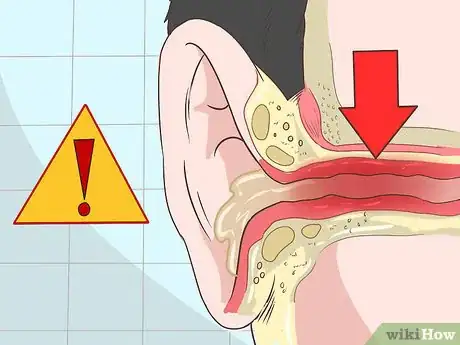
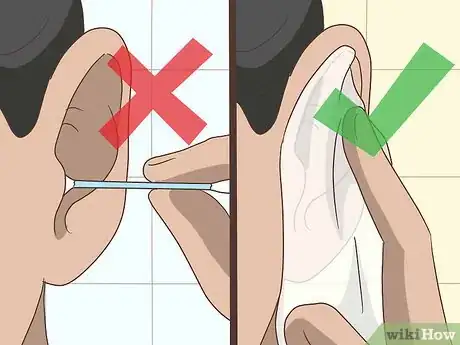

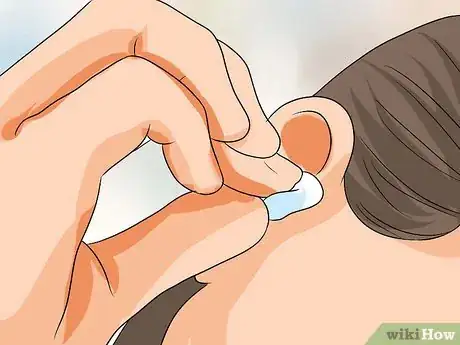
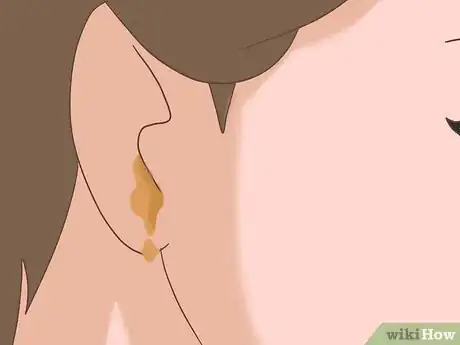
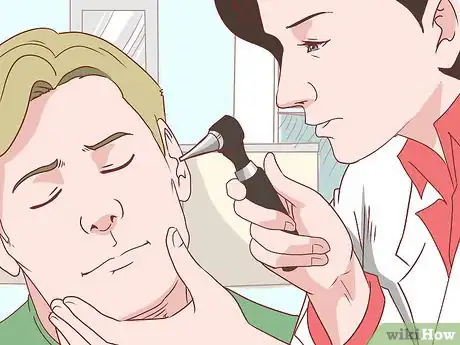

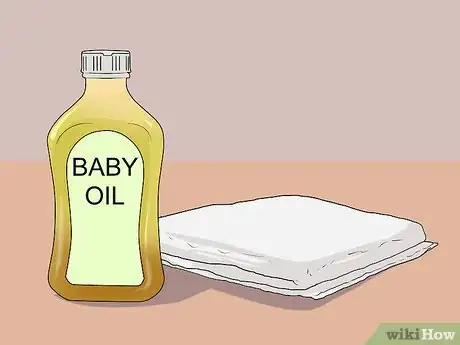
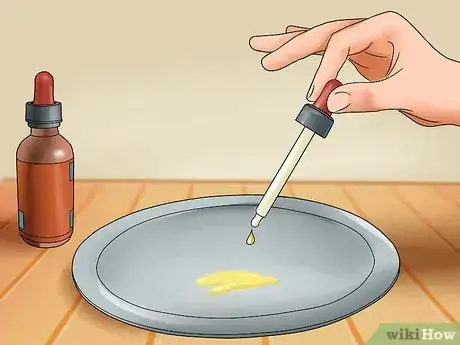
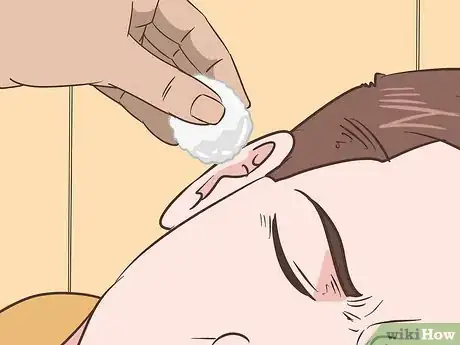


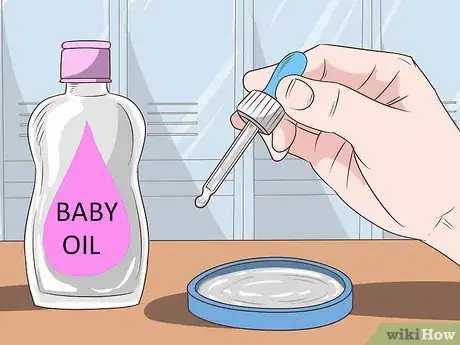
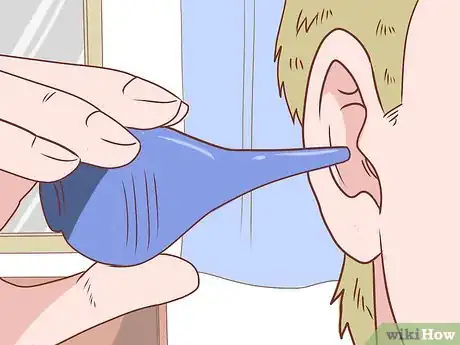



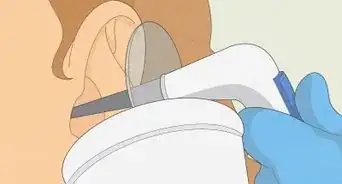
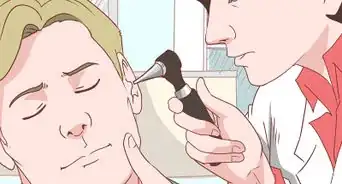


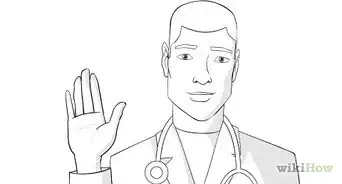
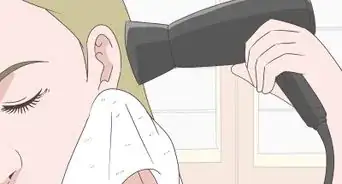













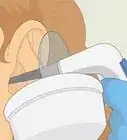



































Medical Disclaimer
The content of this article is not intended to be a substitute for professional medical advice, examination, diagnosis, or treatment. You should always contact your doctor or other qualified healthcare professional before starting, changing, or stopping any kind of health treatment.
Read More...